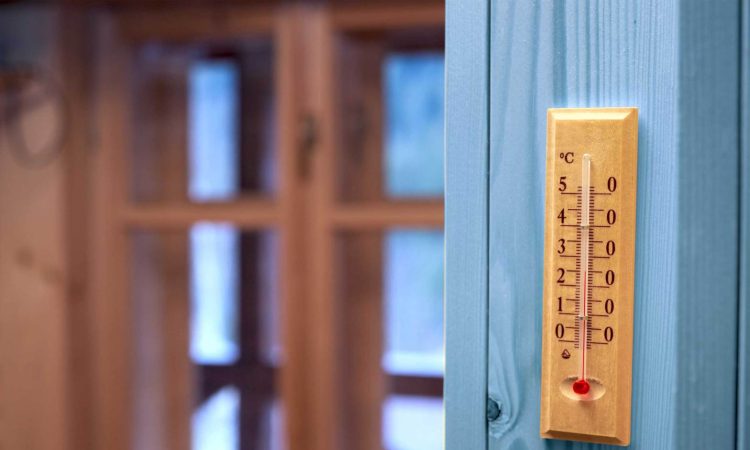
Fresh air is an absolute luxury in the home in summer. But what should you pay attention to when ventilating properly? We’ll tell you.
Open the window, let the air in. Sounds simple, but proper ventilation is not always that simple. If you want fresh air in your apartment or house in summer, there are a few things you should bear in mind when ventilating properly. This will not only prevent stuffy and overheated rooms, but you can also prevent mold growth.
Preventing Heat in Summer: How to Ventilate Properly
Summer is beautiful, but only as long as the heat stays outside. High temperatures can be really exhausting, especially when sleeping. But how do you ventilate properly in summer? Here are some tips to help you keep a cool head in your home even when the temperature is high.
Keep Windows Closed During the Day
Especially in summer, when it’s incredibly hot outside, you should keep the windows closed during the day. Even if it’s windy outside but still warm, the air circulating through your home will be warm air. You definitely don’t want any of that in your rooms. So, close the windows during the day.
Tip: In winter, you can occasionally open the windows to ventilate and bring fresh air into the home.
Only Ventilate in the Morning and Evening
Even in the height of summer, it is usually coolest outside early in the morning and late in the evening. This is the best time to open the windows and let the fresh air into your home. As temperatures are more bearable very early in the morning, it’s worth getting up before the alarm clock and opening the windows.
Time is of the Essence
Open the windows and doors for around 15 to 20 minutes to properly exchange the air on warm summer days and cool the apartment a bit. But really only use the early morning and late evening hours for this. Avoid airing your home for hours on end.
Tip: In winter, open the windows several times a day for a short time (5 minutes) to air them out.
Correct Ventilation in Summer: How to Avoid Mold
There is a particularly high risk of mold forming in the home in summer due to high temperatures. Warm air absorbs more moisture than cold air. If too much heat gets into the house, there is a risk that the moisture in the rooms will settle in the walls. Proper ventilation helps prevent this.
Humidity Should Not Be Too High
The purpose of proper ventilation in summer is to bring fresh, cooler air into the house and ensure the humidity is not too high. Regularly check the humidity in your home. The best way to do this is with a digital hygrometer, which displays both temperature and humidity.
Living spaces should have a humidity level of 55 to 60% in summer. If the value is higher, there is a risk of mold forming. Proper ventilation definitely helps.
If you want to buy a simple hygrometer, choose a model that uses a symbol to indicate whether the humidity in the room is optimal or poor. A hygrometer with a smiley face that smiles or looks sad, for example, is a good choice.
Correct Ventilation in the Bathroom and Kitchen
Humidity is usually higher in the bathroom and kitchen due to cooking and showering. It should not be higher than 70% in these rooms either. Air the room after every shower, bath, or cooking session if there is no proper extractor hood.
Wait until the air outside has cooled down in the evening. In midsummer, this can sometimes be as late as 11 pm. However, it’s definitely worth waiting as this is the only way to ventilate properly and get enough fresh air into your home.
Draught with Open Windows and Doors
To ventilate properly in summer and create a healthy exchange of air, open your windows fully. Don’t just tilt them, open them completely. This also applies to the doors in your home.
This allows fresh air to circulate through the rooms and exchange air, making it easier for fresh air to enter your home and for bad air to be displaced. In bathrooms without windows, at least leave the doors open for a few minutes to let residual moisture escape as much as possible.

